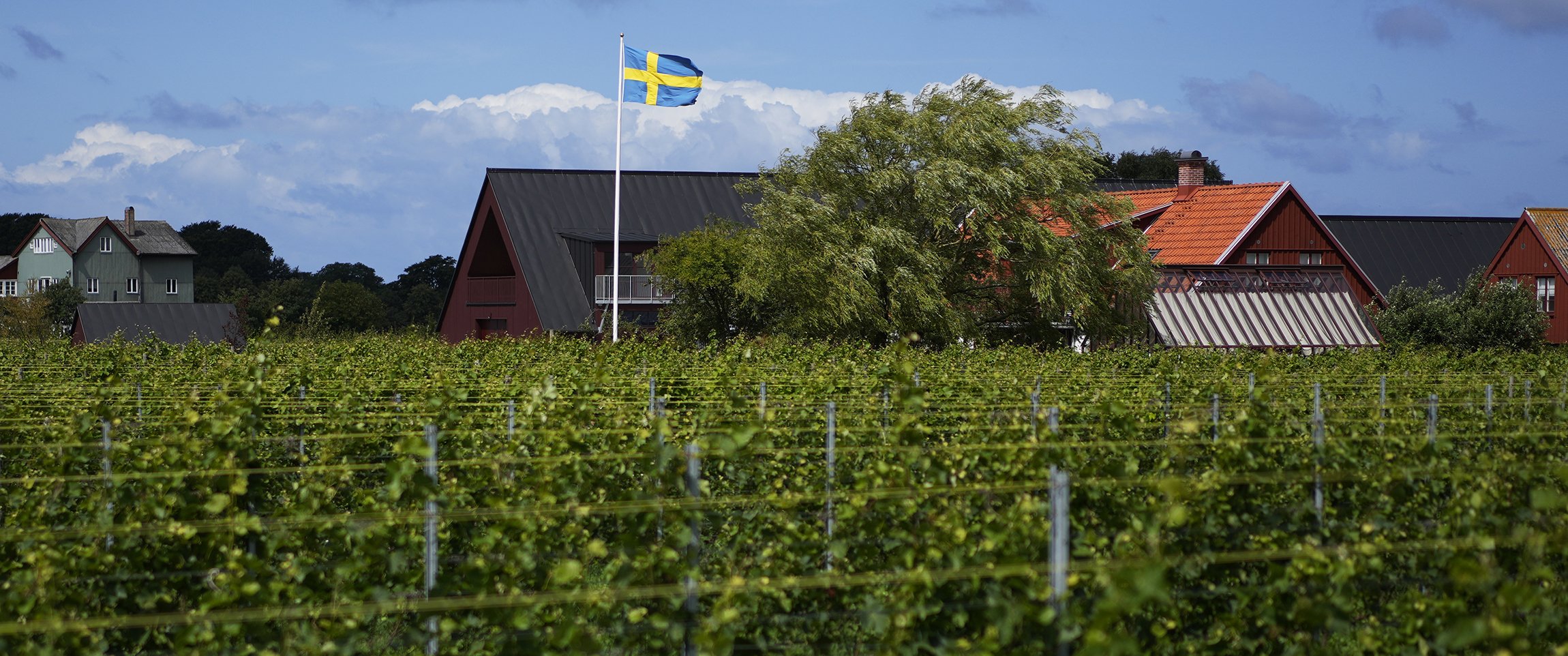
SWEDEN’s WINE STORY
Scandinavia isn’t exactly what connoisseurs would define as prime wine country and commercial vineyards are still tiny compared to France, Italy or Spain. But with climate change making for warmer and longer growing seasons, and new varieties of grapes adapted to this landscape, the bouquet of Swedish wines is maturing nicely.
“Where vineyards in more traditional countries are suffering, we are gaining momentum,” said Felix Åhrberg, a 34-year-old oenologist and winemaker who returned to Sweden in 2017 to lead Kullabergs Vingård after working in vineyards around the world.
Winemarker Emma Berto checks grapes at the Thora Vingård, Båstad municipality, Sweden
Göran Amnegård, owner of Blaxsta wine, smiles during wine testing in Flen, Sweden, July 23, 2023.
Winemaker and oenologist Felix Åhrberg
Temperatures in southern Sweden have increased by about 2 degrees Celsius over the past 30 years compared to the 30 years before that, according to data from the Swedish Meteorological and Hydrological Institute. And the growing season has lengthened by about 20 days.
Winemarker Romain Chichery
The widespread adoption of new varieties of disease-resistant grapes is also credited with Swedish wine’s growth. Most vineyards have planted a grape called Solaris, developed in Germany in 1975, that is adapted to the cooler climate and more resistant to diseases. That enables most vineyards to avoid using pesticides.
“Solaris is like the national grape variety here in Sweden,” said Emma Berto, a young French oenologist and winemaker at Thora Vingård on the Bjäre peninsula, about 20 kilometers north of Kullabergs Vingård.
Winemaker and oenologist Felix Åhrberg walks in his winery
Winemarkers Emma Berto, right, and Romain Chichery pose for a picture at the Thora Vingård, in Båstad, Sweden, July 26, 2023.











